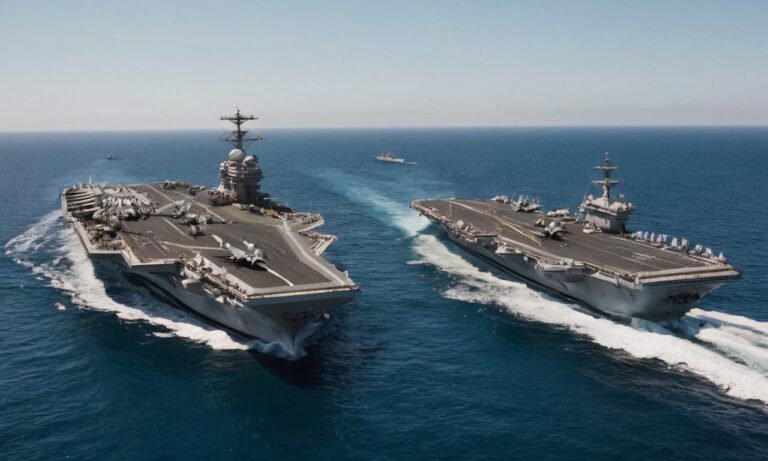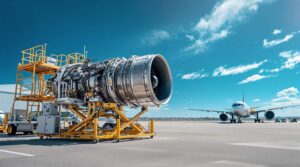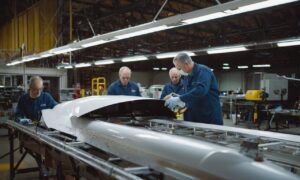An aircraft carrier, the pinnacle of naval engineering, isn’t just a vessel; it’s a floating city. The question of how many people are aboard an aircraft carrier encompasses a diverse range of roles, responsibilities, and operational necessities.
The Human Population Aboard
The number of personnel on an aircraft carrier varies based on its class, mission, and operational requirements. On average, a carrier can host a population of around 5,000 to 6,000 individuals when deployed. However, this number can fluctuate significantly.
The Crew Breakdown
Within this sizeable population, the crew can be categorized into distinct groups, each playing a crucial role in the carrier’s functionality:
- Ship’s Crew: This includes officers, enlisted personnel, and essential support staff who handle the carrier’s operations, navigation, and maintenance.
- Air Wing: A significant portion of the carrier’s personnel comprises pilots, aircrew, maintenance teams, and support staff necessary for aircraft operations.
- Support and Services: From medical teams to cooks, engineers to administrative personnel, the carrier houses various specialists to ensure sustained functionality.
- Security and Defense: A contingent of personnel is dedicated to security, safeguarding the carrier from potential threats.
Operational Dynamics
Understanding the operational dynamics aboard an aircraft carrier further elucidates the human population’s complexity and necessity:
Rotations and Deployments
Carriers operate on rotational deployments, often lasting several months. During deployment, personnel work in shifts, ensuring 24/7 functionality and readiness for any mission.
Living Conditions
Life on an aircraft carrier involves living in confined spaces. Crew members share sleeping quarters, communal areas, and workspaces, necessitating a high level of adaptability, teamwork, and discipline.
Support Systems
The carrier hosts various support systems like medical facilities, dining areas, recreational spaces, and educational opportunities to maintain the well-being and morale of its population.
Conclusion
An aircraft carrier isn’t just a vessel of military power; it’s a microcosm of society at sea, where thousands of individuals collaborate tirelessly to ensure its operational success. The sheer diversity of roles and responsibilities underscores the complexity of answering the seemingly simple question of how many people are on an aircraft carrier.
Functional Specializations
Specializations within an aircraft carrier’s population delineate intricate roles and responsibilities that contribute to its seamless functioning:
| Department | Role | Responsibilities |
|---|---|---|
| Engineering | Engineers & Mechanics | Ensuring the carrier’s machinery and systems operate efficiently. |
| Communications | Signal Officers | Facilitating communication between various sections and with external entities. |
| Logistics | Supply & Inventory Specialists | Managing resources, inventory, and supply chains to sustain operations. |
Logistical Challenges
Managing the logistics of sustaining thousands of individuals at sea presents substantial challenges. It involves meticulous planning, storage optimization, and efficient distribution to meet the carrier’s diverse needs.
Training and Skill Development
Continuous training programs are integral to enhancing skill sets and ensuring readiness. The carrier provides opportunities for ongoing education, simulations, and skill development sessions to bolster its workforce’s capabilities.
Frequently Asked Questions
Here are some common queries regarding personnel aboard an aircraft carrier:
- How are living quarters assigned on an aircraft carrier?
- What are the medical facilities like on board?
- Do personnel have recreational activities during deployment?






